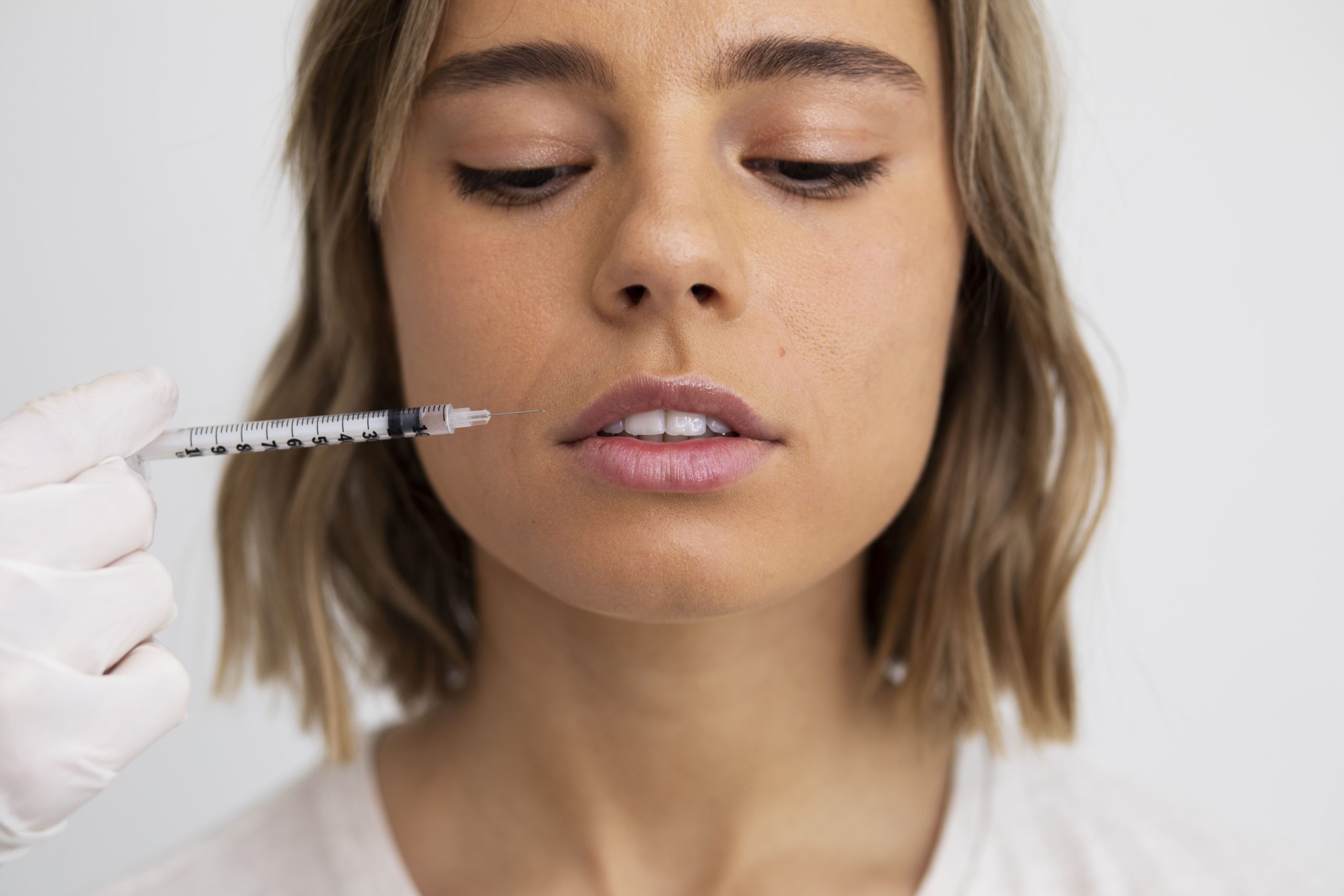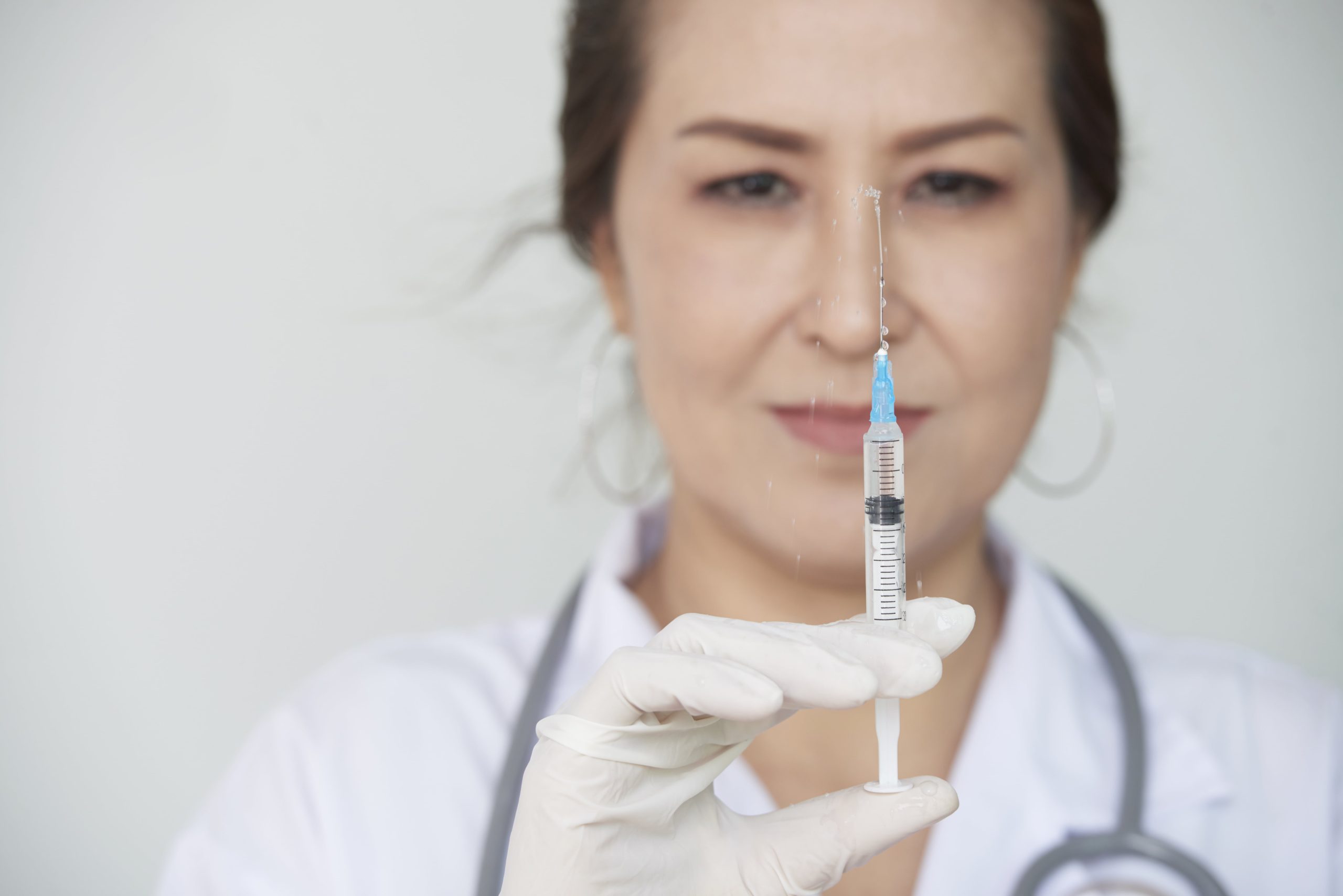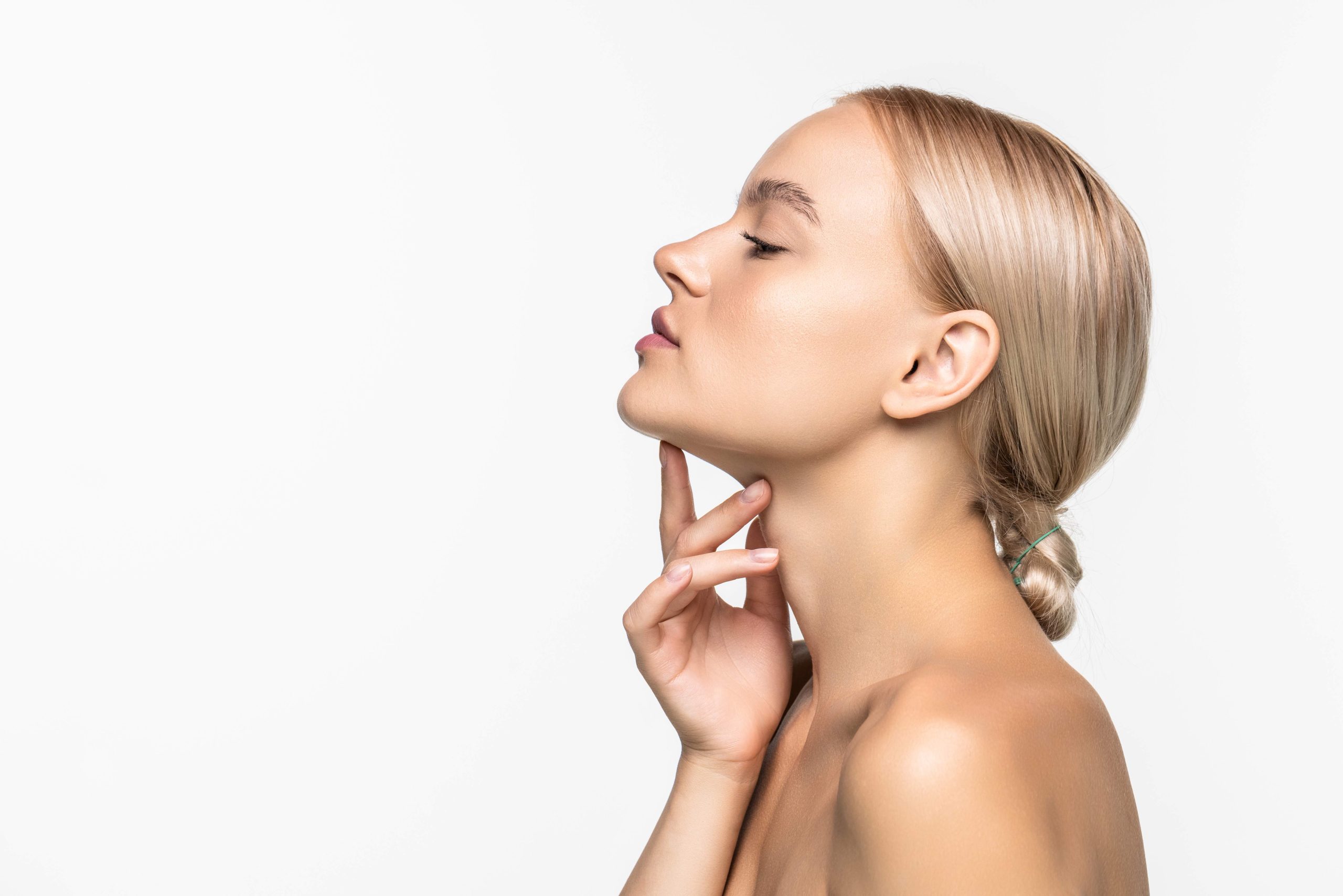Chin Filler Migration Explained: How to Avoid and Correct It

Key Takeaways:
- Chin filler migration is rare but possible, typically caused by poor technique or overfilling.
- Prevent migration using appropriate filler types, skilled injection methods, and careful aftercare.
- Signs include uneven chin shape, lumps, or filler movement beyond the intended area.
- Correction involves dissolving the migrated filler and re-treatment if necessary.
- Patient education and regular follow-up appointments are crucial for optimal results.
Chin filler treatments have become increasingly popular for enhancing facial balance and contour. With dermal filler technology and technique advancements, results are more natural-looking than ever. However, one rare but important complication to understand is chin filler migration.
What Is Chin Filler Migration?
Chin filler migration refers to the unintended movement of filler material away from the original injection site into surrounding tissues. While chin dermal filler procedures are generally safe and effective, migration can occasionally occur, particularly with poor technique or unsuitable products.
Though migration is more commonly associated with lip fillers, it is still a risk for injectable fillers for the chin. Recognising the issue early and seeking professional advice is essential to avoid further complications.
What Causes Chin Filler Migration?
Several factors can contribute to chin filler migration:
- Overfilling the chin area creates pressure that may push the product into unintended zones.
- Superficial injection rather than deep, structural placement can allow filler to move easily.
- Using an overly soft filler not designed for structural support can increase the risk of displacement.
- Repeated treatments without allowing prior filler to fully integrate can destabilise results.
- Excessive pressure, facial massage, or movement soon after the procedure can physically displace the filler.
- Selecting an unskilled practitioner, especially in the case of chin filler for men, since masculine contours require more precise placement and choice of filler.

How to Prevent Chin Filler Migration
Preventing filler migration starts with good practices before, during, and after treatment:
- Choose the right filler type, such as a high-viscosity product that provides robust structural support.
- Inject at the correct depth and in the appropriate anatomical plane to anchor the filler securely.
- Use conservative volumes to avoid placing unnecessary pressure on the tissues.
- Advise proper aftercare, including avoiding heavy pressure or manipulation of the area for the first few days.
Practitioners should also ensure they only buy dermal fillers online from reputable sources like Best Buy Fillers distributor to guarantee product quality. Additionally, careful planning regarding injection sites and filler choice, based on the patient’s anatomy and desired aesthetic outcome, can significantly reduce migration risks.
Signs of Chin Filler Migration
Recognising early signs of migration can help prevent more serious complications. Look out for:
- Uneven or distorted chin shape that wasn’t present immediately after treatment.
- Lumps or bumps form as filler collects in unintended pockets.
- Filler visibility or movement into surrounding areas like the lower chin or jawline.
- Soft or jelly-like texture under the skin.
- Gradual changes in chin symmetry over time.
How to Correct Migrated Chin Filler
If filler migration does occur, it can usually be corrected effectively:
- Hyaluronidase can be used to dissolve hyaluronic acid-based fillers safely.
- Once dissolved, re-treatment should be delayed until complete resolution and healing.
- Complex cases may require referral to an experienced aesthetic practitioner for careful correction.
- Correction may also involve a comprehensive reassessment of facial anatomy and filler strategy to ensure the best long-term outcomes. Addressing the underlying cause of migration, such as filler type or injection technique, is crucial to prevent recurrence.
If you suspect you are dealing with a chin filler gone wrong, it is crucial to seek professional assistance promptly.
The Importance of Patient Education and Follow-Up
Patient education plays a critical role in achieving the best outcomes with chin fillers. It is vital to clearly explain the potential risks, including the rare possibility of migration, so patients can make informed decisions about their treatment.
Emphasising the need to select qualified and experienced practitioners helps reinforce the importance of skill and expertise in achieving safe, beautiful results. Practitioners should also highlight the significance of following aftercare instructions closely, as small actions like avoiding pressure or massage can greatly impact the stability of the filler.
Encouraging patients to attend regular follow-up appointments allows early detection of any minor irregularities before they become more serious. Ongoing communication builds trust, ensures long-term satisfaction, and strengthens the practitioner-patient relationship.
What Groups of Patients Are More Susceptible to Chin Filler Migration?
Certain individuals may be more prone to chin filler migration:
- Patients with thin or loose skin may experience less structural support in the treated area, allowing the filler to shift more easily over time.
- Those with a history of repeated filler treatments in the same area may have compromised tissue integrity, making them more vulnerable to migration.
- Patients with very high facial mobility or frequent exaggerated expressions may place continuous stress on the chin and surrounding tissues.
- Individuals engaging in intense exercise or massage soon after their filler treatment risk physically displacing the filler before it has had a chance to properly integrate into the tissues.
- Patients with underlying connective tissue disorders may have inherently weaker skin and tissue structures, increasing susceptibility to filler movement.
- Patients with a history of facial trauma can have altered anatomy or scar tissue, which may make filler placement less predictable and stable.
- Patients with autoimmune conditions may experience unpredictable inflammatory responses, potentially affecting how the filler integrates into the tissues.
- Patients with significant fluctuations in weight can change facial fat distribution, leading to unexpected shifts in filler positioning.
- Individuals with lifestyle habits such as smoking, frequent tanning, and extreme dieting may experience degraded skin quality, further reducing tissue resilience and making migration more likely.
For these higher-risk patients, practitioners should design tailored treatment strategies, using firmer fillers, deeper injection planes, or alternative aesthetic techniques where appropriate to minimise migration potential.

FAQ
How to stop chin filler migration?
Stopping chin filler migration is best achieved through prevention by selecting an experienced practitioner and choosing the appropriate filler. Patients must also adhere strictly to aftercare instructions, avoiding pressure or movement on the treated area.
Can I massage migrated fillers?
No, massaging migrated fillers is not advisable, as it can exacerbate the displacement and worsen the appearance. Instead, it is essential to consult a qualified practitioner to assess the situation and recommend appropriate treatment.
What are the disadvantages of chin fillers?
While chin fillers offer great aesthetic benefits, disadvantages may include swelling, bruising, asymmetry, or, in rare cases, filler migration and vascular complications. Choosing a skilled injector and adhering to aftercare protocols can minimise these risks.
Does chin filler ever go away?
Yes, chin fillers composed of hyaluronic acid will gradually break down and be absorbed by the body over time. The typical duration varies from 9 to 18 months, depending on the product used and the individual’s metabolism.
Will filler still dissolve if it migrates?
Migrated filler will eventually dissolve on its own as the body breaks down hyaluronic acid. However, for quicker and more targeted correction, enzymatic dissolution with hyaluronidase is often recommended by practitioners.
Final Words
Chin filler migration, while uncommon, is a risk that both patients and practitioners should understand. Should migration occur, early intervention ensures the best possible outcome. Whether you are considering chin fillers for facial enhancement or correction, knowledge is the key to achieving safe, beautiful, and lasting results.
Sources:
- Mustafa Qais Muhsin Al-Khafaji, et al. The Application and Efficacy of Hyaluronic Acid Fillers for Chin Enhancement and Retrusion Correction: A Systematic Review of Patient-Reported Outcomes. PMC. 2023. https://pmc.ncbi.nlm.nih.gov/articles/PMC10719547/
- Go, B.C.; et al. Using injectable fillers for chin and jawline rejuvenation. PMC. 2023. https://pmc.ncbi.nlm.nih.gov/articles/PMC10296042/
- Wollina, U. and Goldman, A. Filler Migration after Facial Injection—A Narrative Review. MDPI. 2023. https://www.mdpi.com/2079-9284/10/4/115
Continue reading

Radiesse or Juvederm? Which One Should You Use for Facial Contouring?
Facial contouring is more than just adding volume – it’s about sculpting definition, correcting asymmetries, and enhancing structure. Achieving those goals requires the right product, precise technique, and a deep understanding of dermal filler properties. Among the most commonly used injectables in aesthetic medicine, Radiesse and Juvederm stand out as…
Read More
Radiesse vs Sculptra: Which Collagen-Stimulating Filler Is Better?
As the popularity of natural beauty trends, like the no-makeup makeup look, continues to rise, the demand for subtle, long-lasting enhancements has reshaped the filler industry as well. More patients are turning to treatments that enhance their features while correcting concerns like uneven texture or volume loss, all without compromising…
Read More
Non-Surgical Jaw Definition: Radiesse Jaw Before and After Transformation
In the age of defined features and sculpted profiles, jawline contouring has become one of the most in-demand aesthetic procedures among both male and female patients. But not everyone is ready for surgery or permanent changes. That’s where non-surgical options like Radiesse jawline enhancement come in, offering a high-impact transformation…
Read More